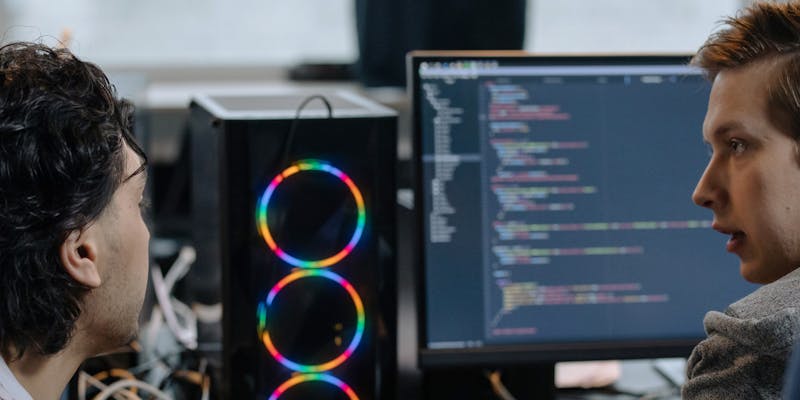The cybersecurity sector is currently facing serious challenges due to vulnerabilities identified in ConnectWise’s ScreenConnect. These flaws have led to increased risks of ransomware spread, most notably via the ‘SlashAndGrab’ exploit. This exploit underscores the critical need for robust security measures in the increasingly relied-upon remote access tools. Below, we delve into the specifics of these vulnerabilities and their implications.
The Discovery of ‘SlashAndGrab’
Security experts discovered two glaring vulnerabilities within the ConnectWise ScreenConnect software. The first vulnerability, CVE-2024-1709, compromised the authentication process, allowing the creation of unauthorized admin accounts. The second, CVE-2024-1708, was a path traversal flaw that could potentially enable arbitrary code execution. ConnectWise promptly patched these issues on February 19 to prevent exploitation, but not before the threats began materializing in real-world attacks.
Rising Threat Levels Despite Patches
Even after ConnectWise deployed patches, the incidence of attacks leveraging these vulnerabilities showed no signs of waning. Huntress revealed technical details that were instrumental for organizations to combat the threat adequately. Nevertheless, data from the Shadowserver Foundation highlighted the significant exposure of ScreenConnect software, emphasizing the breadth of the potential impact.
The LockBit Ransomware Connection
LockBit ransomware has consistently evaded law enforcement, causing extensive disruption. Sophos identified that ‘SlashAndGrab’ was instrumental in not just spreading LockBit but other malware forms, demonstrating the exploit’s multi-faceted attack capacity. The connection to LockBit is deeply concerning given the ransomware’s notoriety and demonstrable impact on businesses globally.
Prompting a Federal Response
Recognizing the critical nature of CVE-2024-1709, the Cybersecurity and Infrastructure Security Agency (CISA) quickly added it to its Known Exploited Vulnerabilities Catalog. This measure reaffirms the urgency to address these vulnerabilities and acts as a warning to public and private sectors to expand their cybersecurity efforts.
The Cybersecurity Big Picture
The ScreenConnect vulnerabilities’ exploitation illustrates broader cybersecurity concerns: rapid discovery of weaknesses, the adaptability of cybercriminals, and the considerable consequences for organizations. The necessity of layered security defenses, comprehensive monitoring, and incident response is amplified in the face of such sophisticated cyber threats.
The interconnected digital environment we navigate is laden with risks, and these incidents serve as a potent reminder to maintain unyielding vigilance. Organizations are tasked with the ongoing duty to bolster their defenses against the dynamic tactics of modern cyber adversaries.

